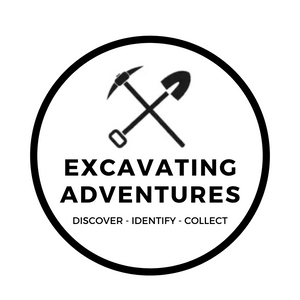Aqua Explorers: Journey Through Earth's Bodies of Water
Ahoy, young explorers! Today, we're embarking on an epic journey to discover the watery wonders that cover our planet.
Picture yourself as a brave adventurer, sailing through vast oceans, navigating winding rivers, and exploring tranquil lakes. These are the incredible bodies of water that make our world a truly watery wonderland.
So, grab your virtual life jackets and binoculars, because our adventure into the world of bodies of water is about to set sail!
Learning Objectives:
- Discover the various types of bodies of water on Earth, from oceans to lakes, and understand their unique characteristics.
- Learn how lakes are formed, including the role of glaciers, rivers, and geological processes in their creation.
- Dive into the world of rivers, uncovering their importance in transporting water, nutrients, and shaping the land.
- Explore the vast oceans and their vital role in producing oxygen, regulating climate, and supporting diverse marine life.
- Understand that bodies of water can change over time due to natural events and human activities, influencing our environment.
What Are the Different Types of Bodies of Water?
Bodies of water are areas where water collects on Earth. There are many types, but the main ones include oceans, rivers, lakes, and seas. Oceans are the largest, covering over 70% of the Earth's surface. Rivers are long, flowing bodies of water that usually end up in an ocean or lake. Lakes are large, still bodies of water surrounded by land, and seas are large bodies of saltwater, smaller than oceans and often partly enclosed by land.
How Are Lakes Formed?
Lakes can be formed in different ways. Some are created by glaciers – huge, slow-moving sheets of ice – that carve out deep holes in the Earth. When the glaciers melt, these holes fill with water. Other lakes are formed by rivers, volcanic activity, or even by the Earth's crust moving and creating basins that fill with water.
What’s Special About Rivers?
Rivers are like the Earth's veins. They carry water, nutrients, and sediments from one place to another. Rivers start from a source, like a spring or melting glacier, and flow down to a larger body of water, like a lake or ocean. The end of a river is called its mouth. Rivers are important because they provide water for plants, animals, and humans, and help shape the land they flow through.
What Makes Oceans Important?
Oceans are huge and deep, and they're crucial for life on Earth. They produce over half of the world's oxygen thanks to tiny plants called phytoplankton. Oceans also absorb carbon dioxide, help regulate the Earth's climate, and are home to a vast array of wildlife. Plus, they're a major source of food and resources for humans.
Can Bodies of Water Change Over Time?
Yes, bodies of water can change! They can get bigger or smaller, and even disappear. Rivers can change their course, lakes can dry up, and new lakes can form. Human activities like damming rivers or draining lakes can also change bodies of water. Natural events like earthquakes, volcanic eruptions, and climate change can cause changes too.
Bodies of water are fascinating and vital parts of our planet. They come in various forms, each playing an important role in supporting life and shaping the Earth. Next time you're near a body of water, think about how it got there and all the life it supports!
Bodies of Water Fun Facts:
- There are various types of bodies of water, including oceans, rivers, lakes, and seas, each with its unique characteristics.
- Lakes can be formed by glaciers, rivers, volcanic activity, or the Earth's crust creating basins that fill with water.
- Rivers start from sources like springs or melting glaciers and flow to larger bodies of water, carrying water, nutrients, and sediments.
- Oceans play a vital role in producing over half of the world's oxygen, regulating the climate, and supporting diverse marine life.
- Bodies of water can change over time due to natural events like earthquakes and volcanic eruptions, as well as human activities such as damming rivers and draining lakes.











